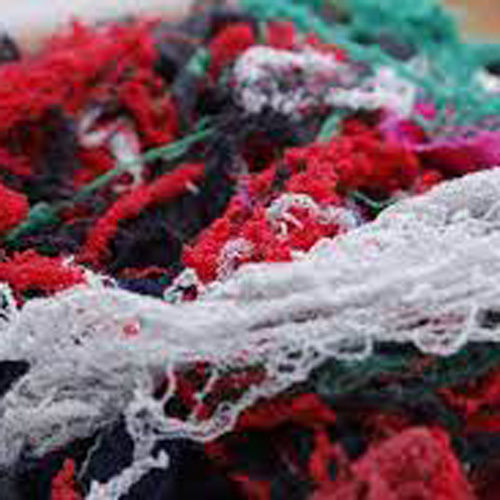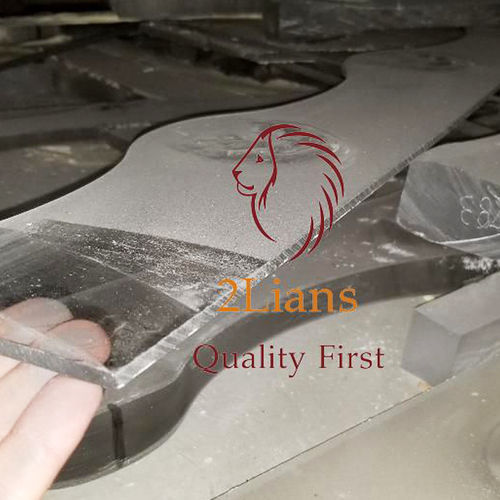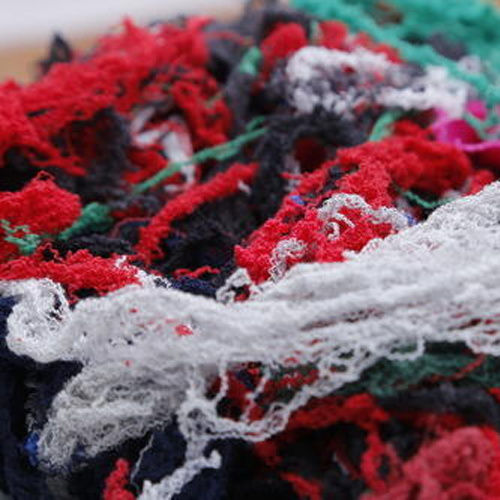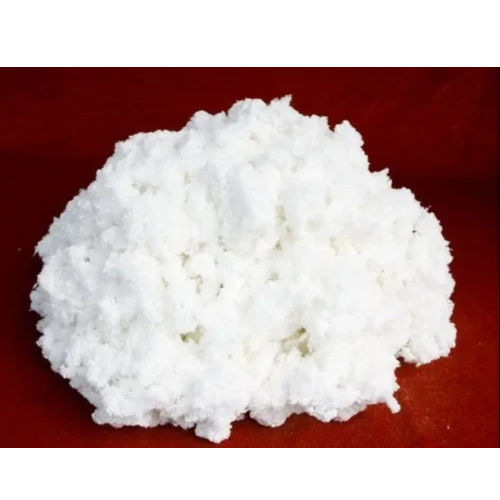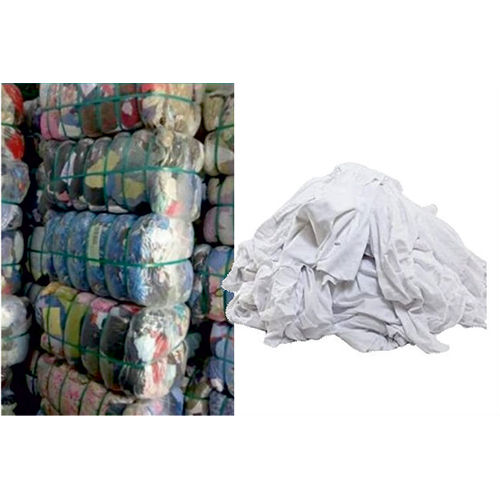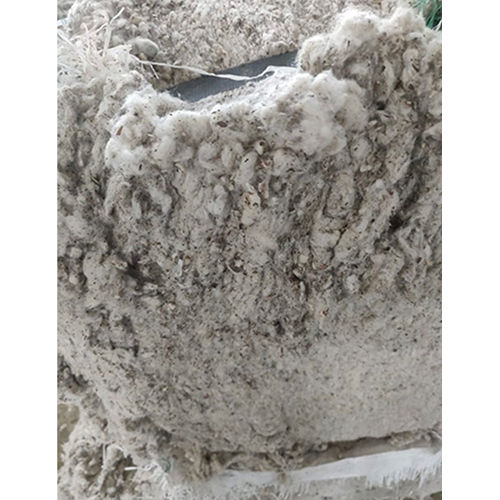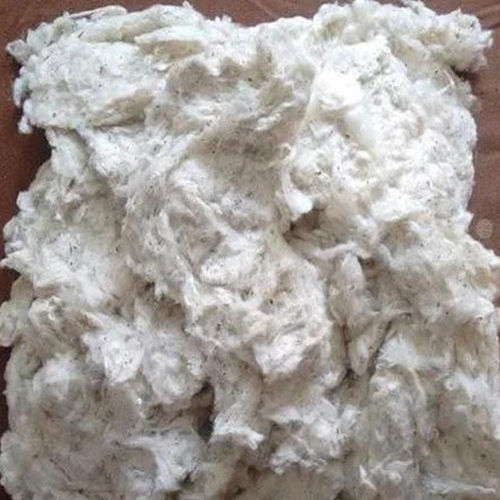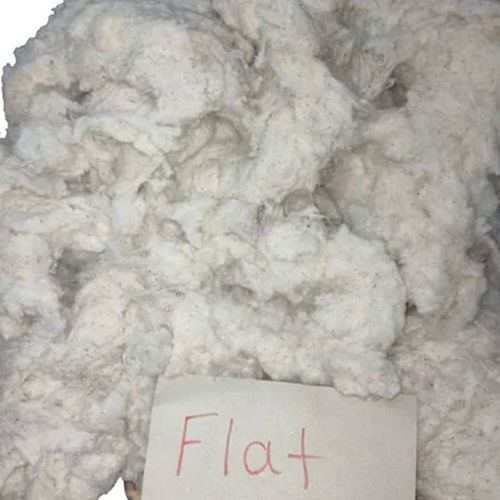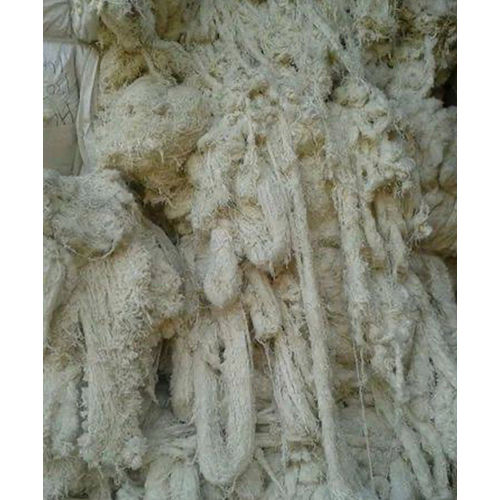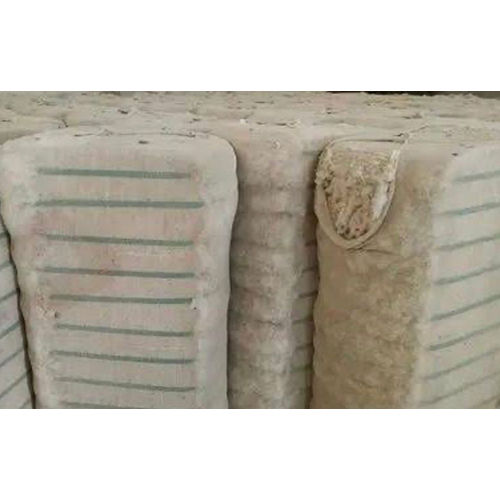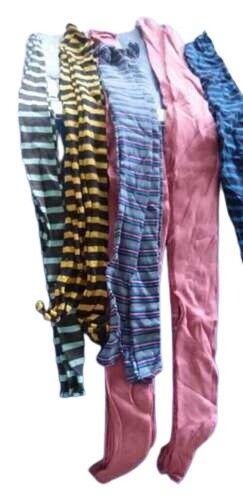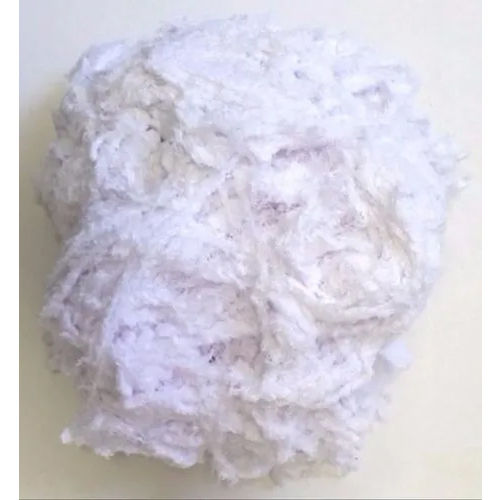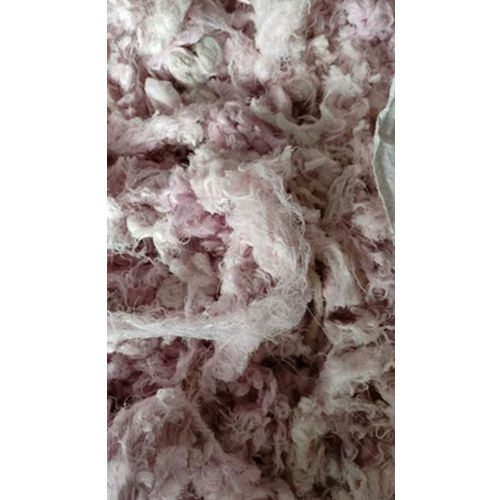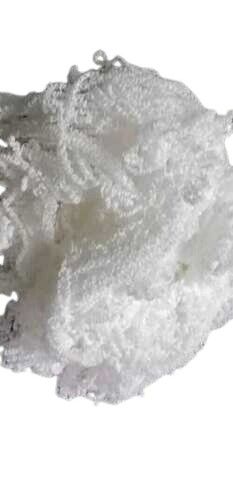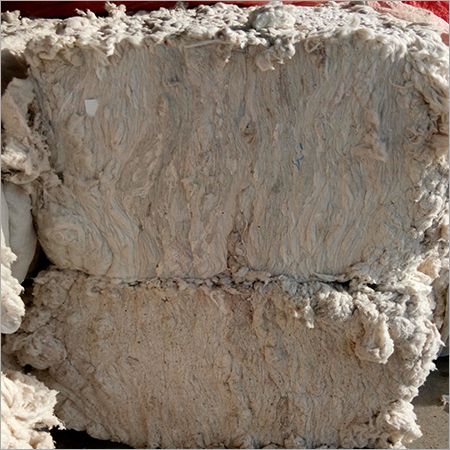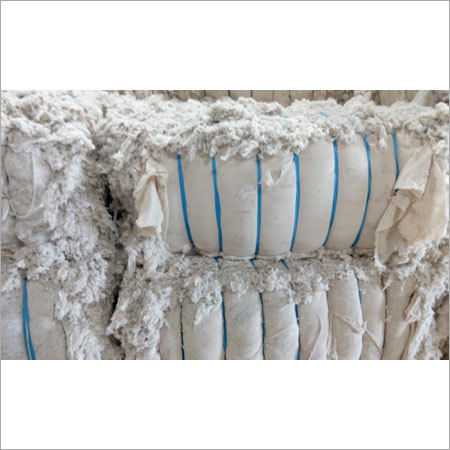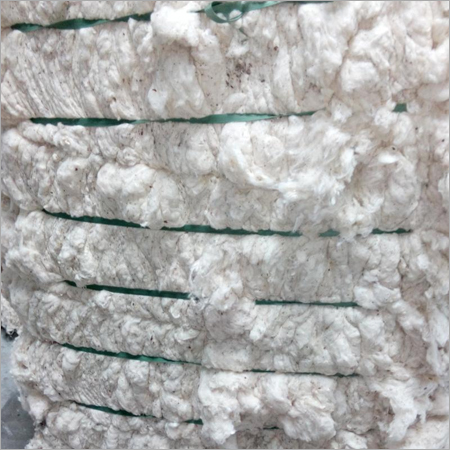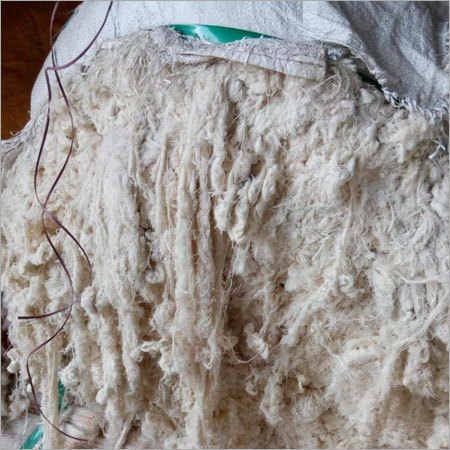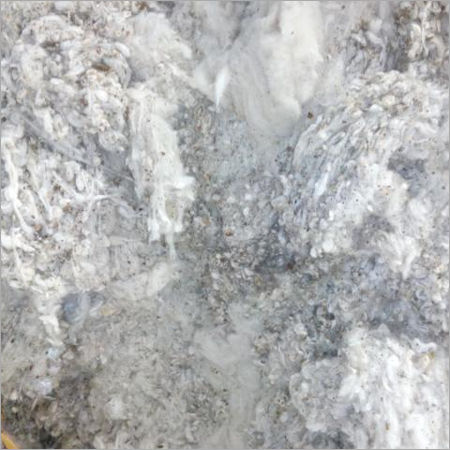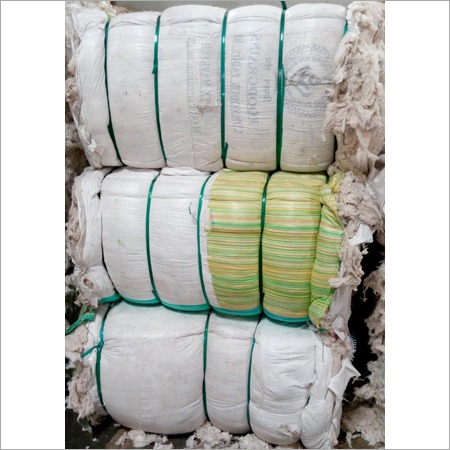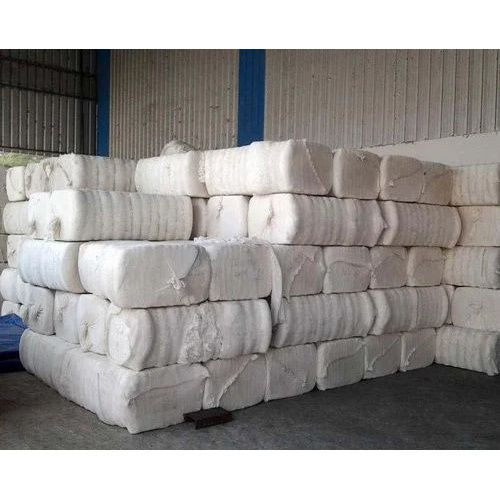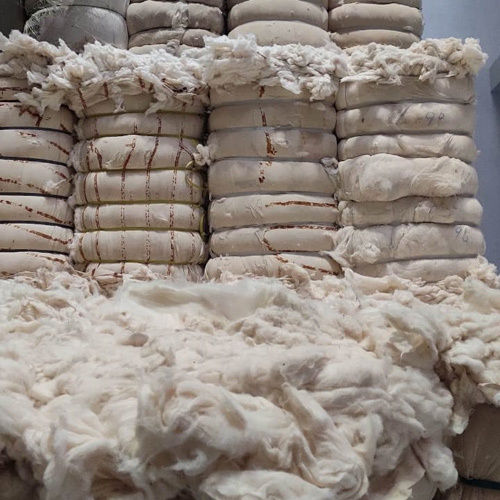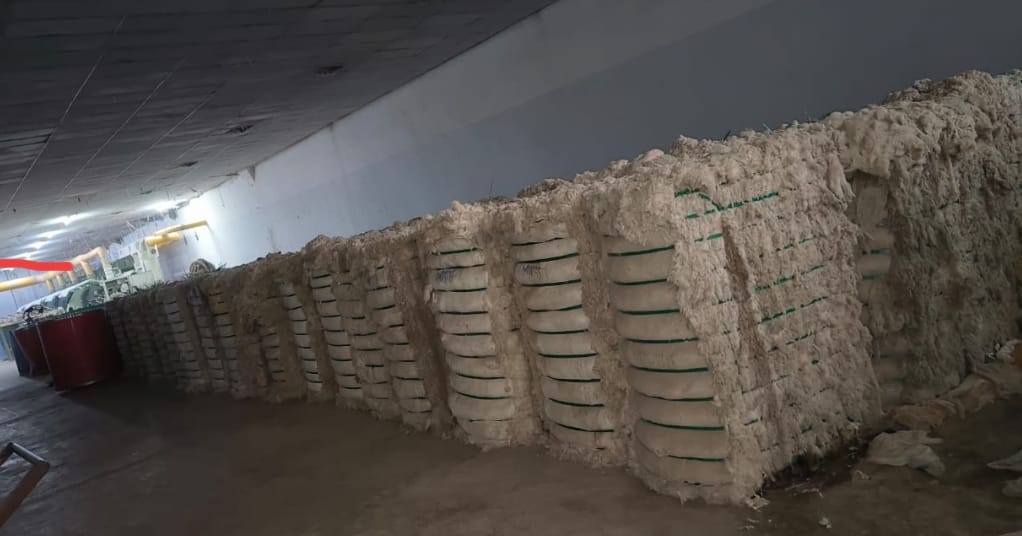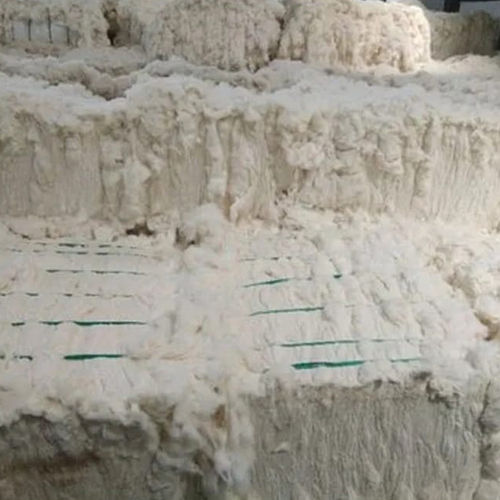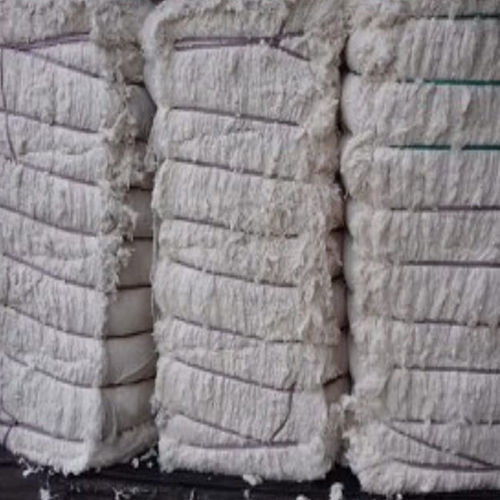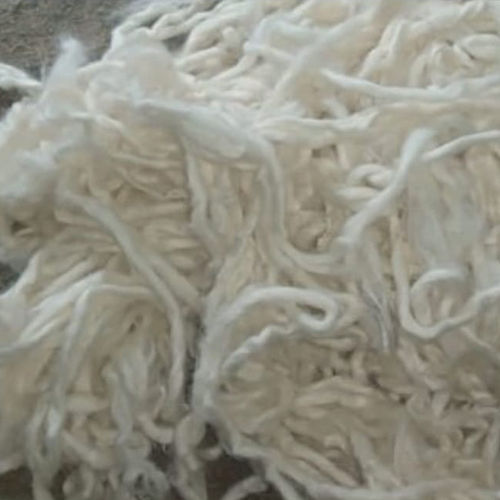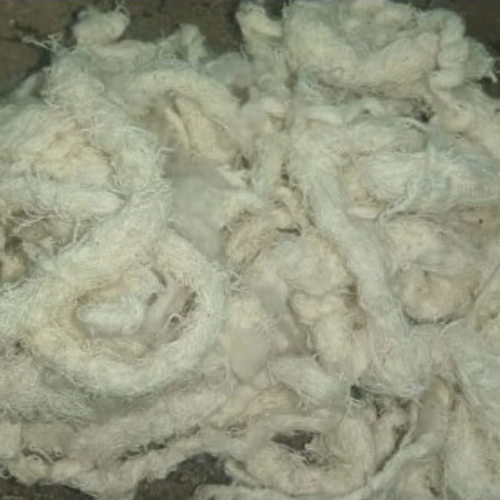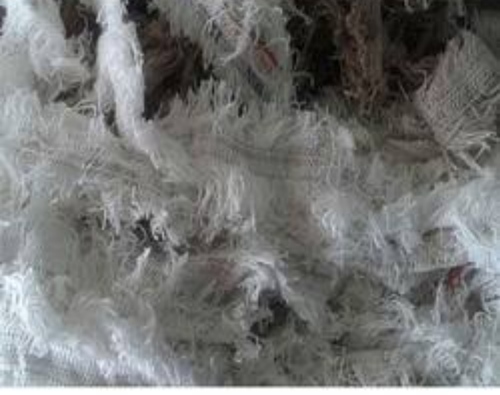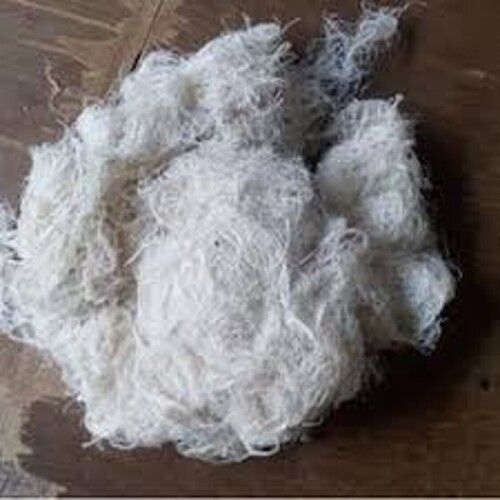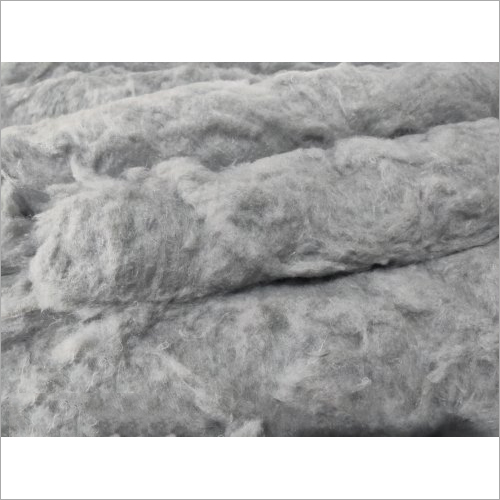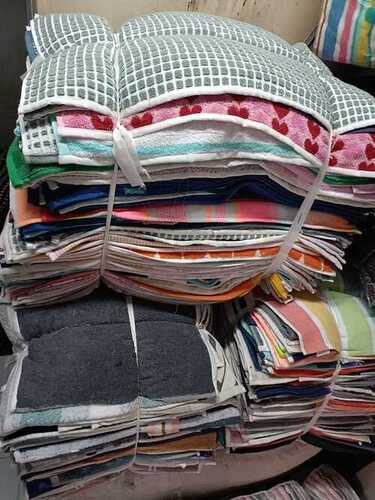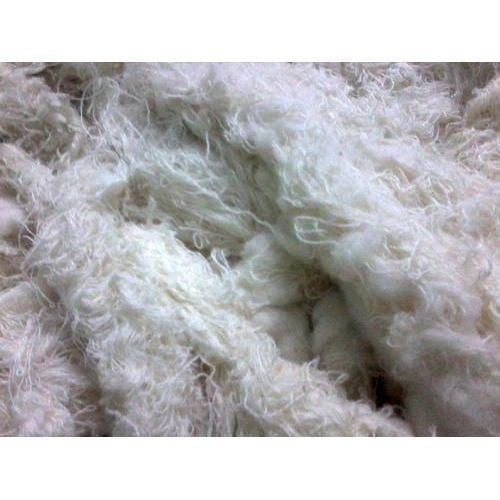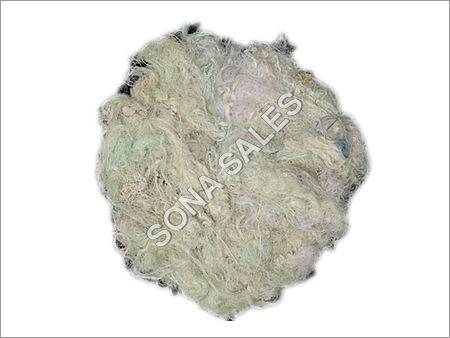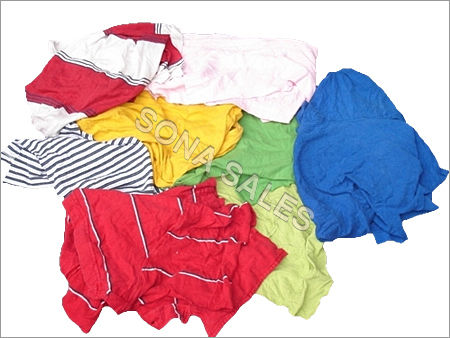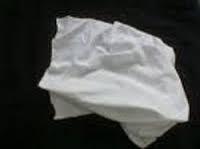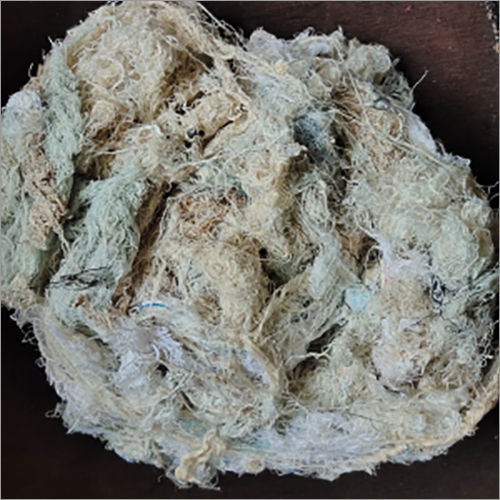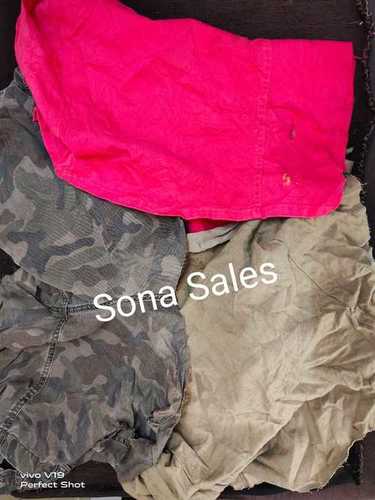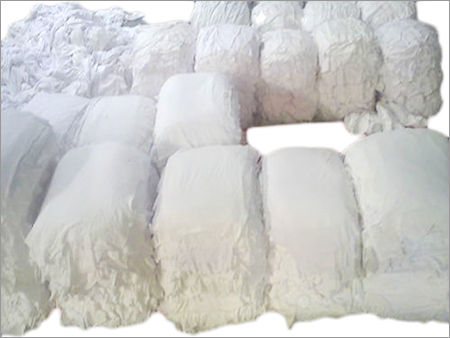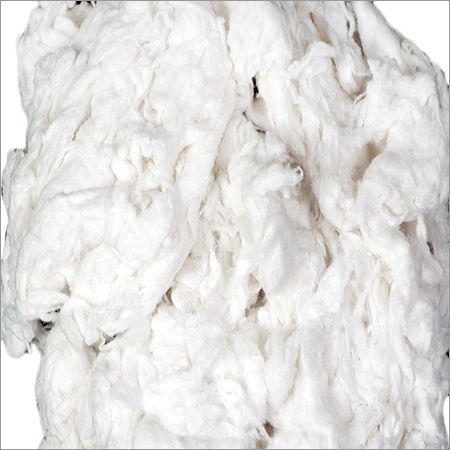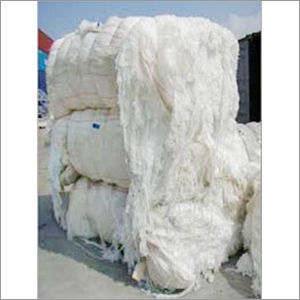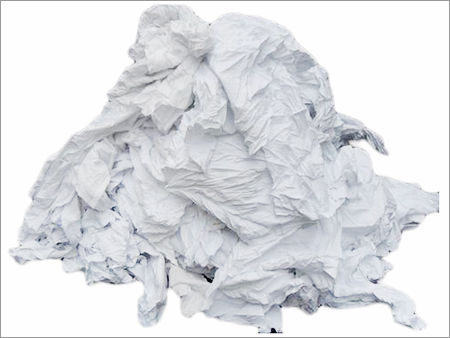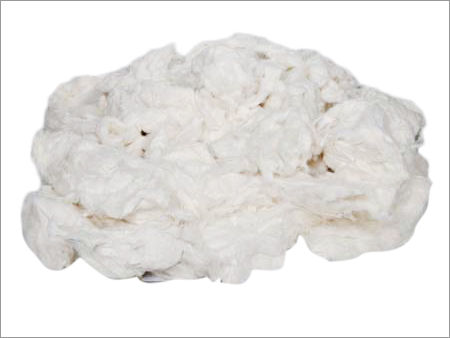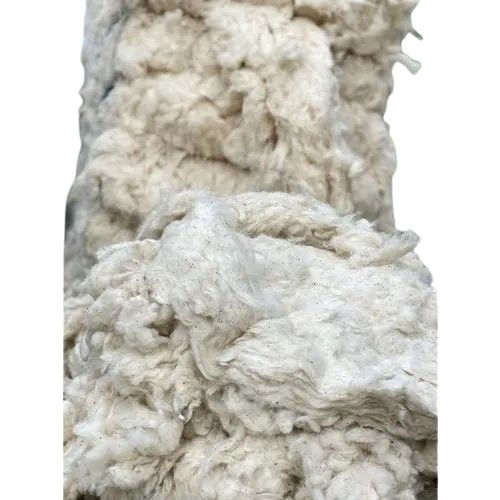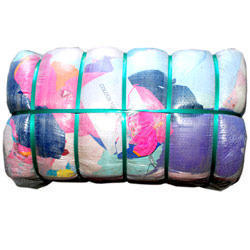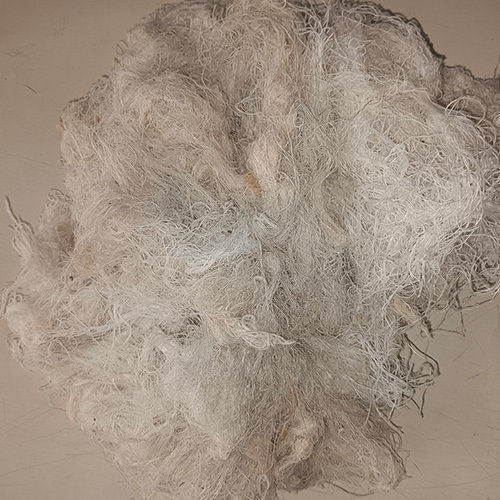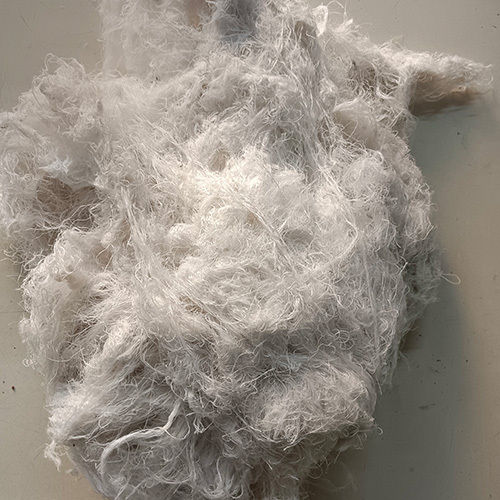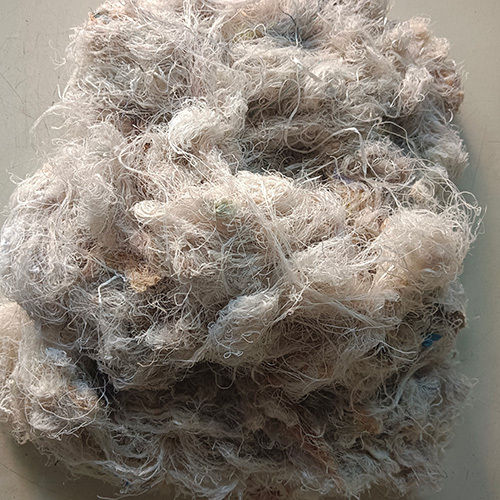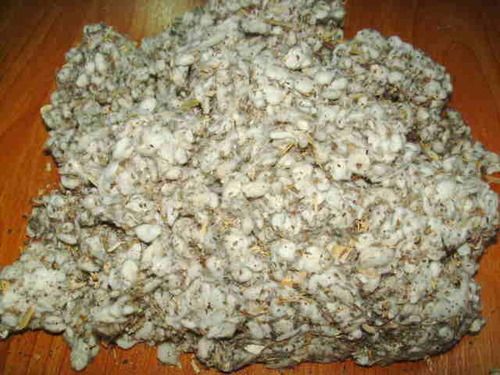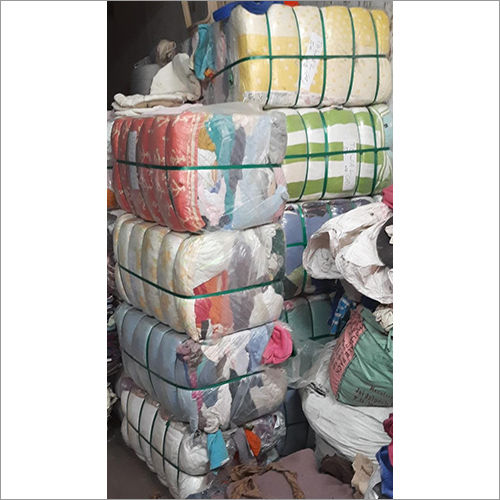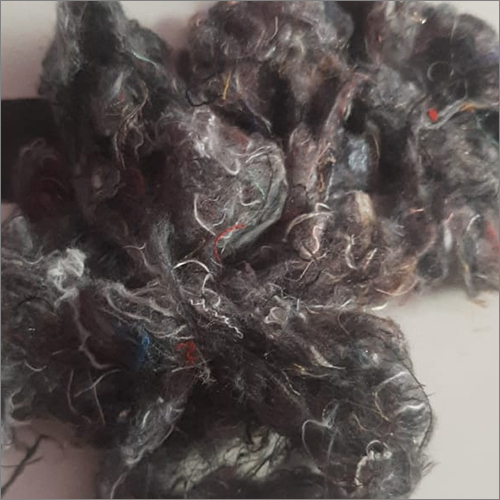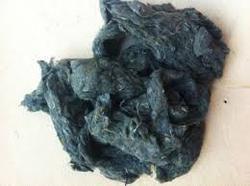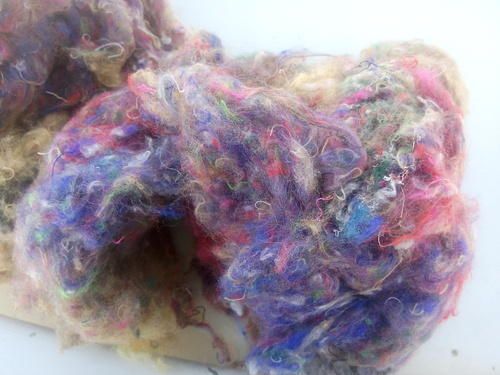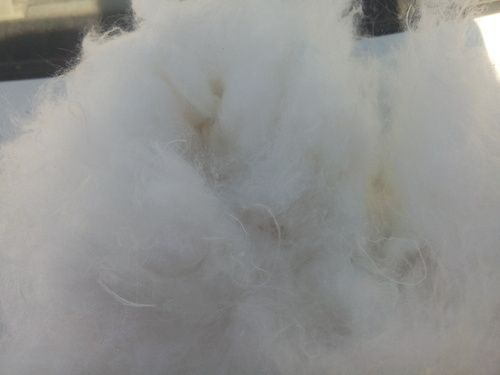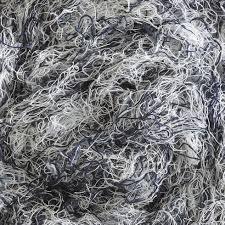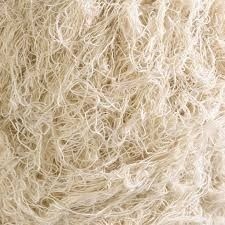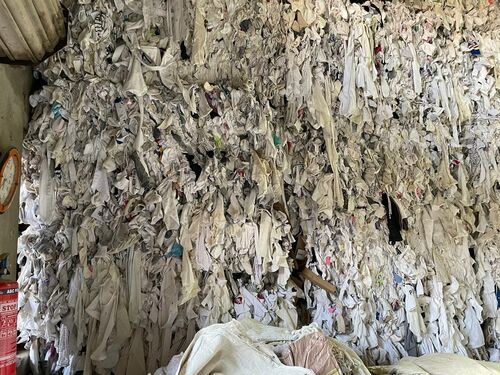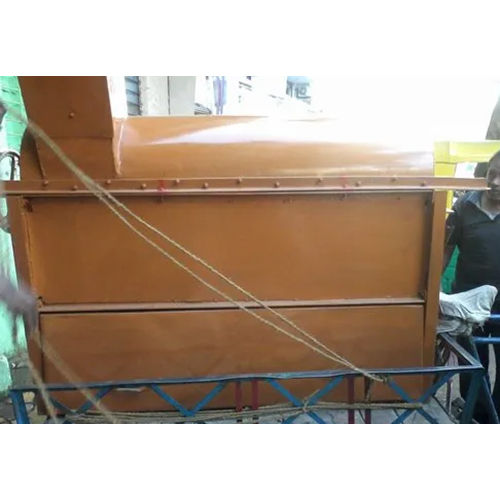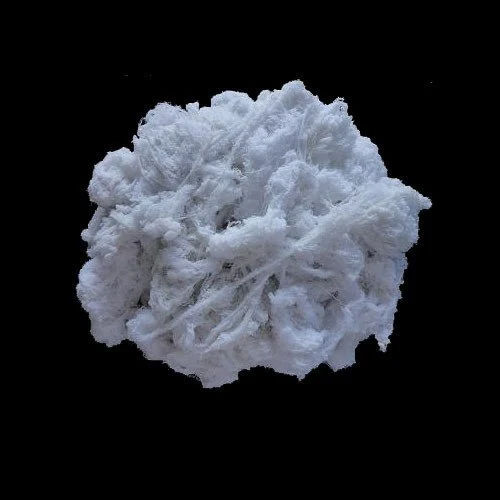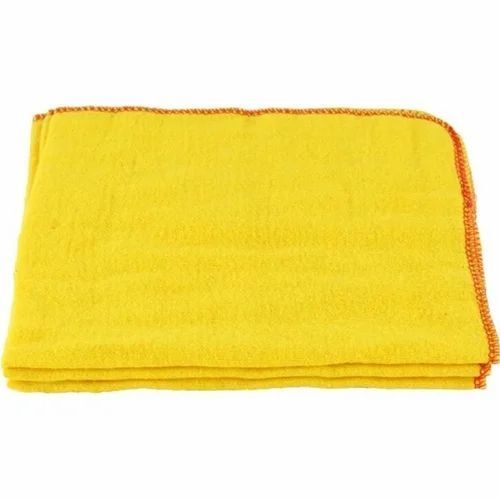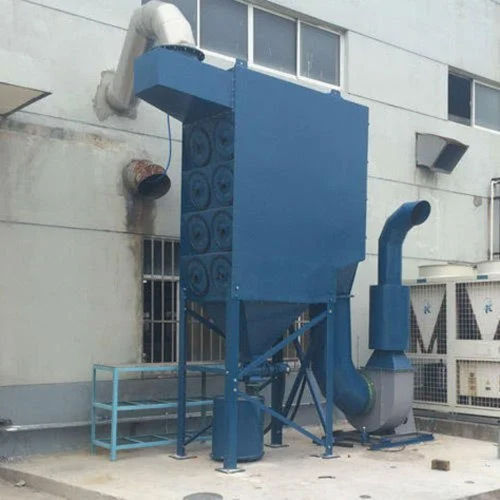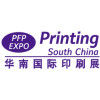- Tradeindia
- Raw Cotton & Cotton Waste
- Cotton Waste
Cotton Waste
(1083 products)Cotton Waste
Price: 45 INR/Piece
MOQ1 Unit/Units
Supply Ability10 Per Week
Delivery Time1 Days
Unique Industrials
Secunderabad
 Trusted Seller
Trusted Seller9 Years
 Super Seller
Super SellerNormal Cotton Waste
MOQ100 Kilograms/Kilograms
TypeCotton Waste
Material100% organic cotton
Cultivation TypeNormal
Optical Grade And General Purpose Grade. Pmma Cast Natural Cutoffs Pmma Waste Scrap
Price Trend: 600 - 800 USD ($)/Ton
MOQ25MT Ton/Tons
Plastic TypeOther
TypeCut Sheet
Sizeglass roofing, advertising, automotive headlamps,...
Normal Industrial Cotton Waste
MOQ100 Kilograms/Kilograms
MaterialRaw cotton
Cultivation TypeNormal
ColorOther, Multicolor
Shree Ram And Company
Pune
 Trusted Seller
Trusted Seller1 Years
 Premium Seller
Premium SellerNitrocellulose Cotton Waste - Color: White
Price: 285 INR/Kilograms
MOQ100 Kilograms/Kilograms
TypeCotton Waste
Material100% organic cotton
Cultivation TypeOrganic
Madan Minerals And Chemicals Industries
Delhi
 Trusted Seller
Trusted Seller1 Years
 Premium Seller
Premium SellerPure Cotton Waste - Color: White
MOQ100 Unit/Units
TypeCotton Waste
Material100% organic cotton
Cultivation TypeNormal
Non Woven Viscose Fabric Waste
Price: 39 INR/Kilograms
MOQ1000 Kilograms/Kilograms
Product Typenon woven
White Drooping Cotton Waste
Price: 40 INR/Kilograms
MOQ100 Kilograms/Kilograms
MaterialRaw cotton
Cultivation TypeNormal
ColorWhite
Cotton Waste - Cultivation Type: Normal
Price: 50 INR/Kilograms
MOQ500 Kilograms/Kilograms
TypePure Cotton
MaterialRaw cotton
Cultivation TypeNormal
Cotton Spinning Waste
Price: /Kilograms
MOQ8000 Kilograms/Kilograms
Supply Ability1000 Per Week
Sample AvailableYes
Main Domestic MarketAll India
Pure Cotton Waste - Color: White
MOQ10 Kilograms/Kilograms
TypeCotton Waste
MaterialRaw cotton
Cultivation TypeNormal
100% Cotton Licker In Waste - Color: White
Price: 40.0 INR
MOQ3
TypeBales
MaterialRaw cotton
Cultivation TypeNormal
Top Rated Products
FAQs Related to Cotton Waste
Waste cotton from either the textile industry or individual consumers is used to make recycled cotton. A machine will first shred the items into smaller pieces after which they will be further processed into the crude fibre. Initially, the items will be sorted according to their kind and colour. After then, it may be remade into yarn and used in the production of entirely another item.
Cotton scraps are put to use as a raw material in the production of khadi table runners, napkins, and table cloths, as well as throws and pillow coverings. The cotton fibre that is not used in the production of cotton is where waste cotton originates.
Chlorine, poisonous dyes, pesticides, and other chemicals that are utilised in the processing of the crop into fibre and clothes may be found in the wastewater that runs off during manufacturing. These contaminants make their way into water systems such as rivers, lakes, and wetlands, as well as subterranean aquifers, and cause contamination there.
Cotton Yarn Waste - Color: White
Price: 1200 USD ($)/Metric Ton
MOQ10 Metric Ton
TypeCotton Waste
MaterialRaw cotton
Cultivation TypeNormal
COTTON WASTE
Price: 190 INR/Kilograms
MOQ50 KG Kilograms/Kilograms
FOB PortSurat
Main Domestic MarketAll India
White Cotton Waste
Price: 60 INR/Kilograms
MOQ100 Kilograms/Kilograms
TypeOther
MaterialRaw cotton
Cultivation TypeOrganic
White Recycled Pc Milange Waste
Price Trend: 60.00 - 90.00 INR/Kilograms
MOQ8000 Kilograms/Kilograms
TypeRecycled PC Milange Waste, Other
ColorWhite
Fleece Cotton Waste
Product Description\015\012 We are a renowned entity, deeply involved in offering Fleece Cotton Waste. The offered waste is broadly used in textile industry to make mats, mops, cloth wiper and other items. It is procured from
White Raw Cotton Waste
Price: 150 INR/Kilograms
MOQ1000 Kilograms/Kilograms
TypeCotton Waste
Material100% organic cotton
Cultivation TypeNormal
Cotton Waste - Recyclable Multicolor Textile Waste, Eco-friendly & Shrink-Resistant
Price: 40 INR/Kilograms
MOQ500 Kilograms/Kilograms
ColorOther, Multicolor
FeatureShrink-Resistant, Eco-friendly
Cotton Waste Merchants
Product DescriptionUnder the assistance of our professionals, we are engaged in exporting and supplying a wide spread of Cotton Waste Merchants in Mumbai, Maharashtra, India. These are manufactured using optimum grade material and cutting-edge techniques at vendor's end. Customers can avail this product from us at mar
Textile Waste
Product DescriptionWe are pleased to introduce ourselves as Exporters of different types of COTTON WASTE/ POLYESTER WASTE from Pakistan and other countries est. 1999. Our products are ideal for recycling, cleaning, filling and other purposes. Following are various varieties of Textile Waste in which we deal:\015\012\
Cotton Waste
Price: 150 INR/Ton
MOQ100 Ton/Tons
Supply Ability100 Per Day
Delivery Time1 Days
Heat-Insulation Pure White Cotton Waste
MOQ50 Kilograms/Kilograms
ColorWhite
FeatureEco-friendly, Heat-Insulation
White Cotton Waste for Textile Industry
Price: 150 INR/Kilograms
MOQ1500 Kilograms/Kilograms
TypeBales
Materialabsorbent cotton
Cultivation TypeNormal
Normal Black Cotton Waste
Price: 19 INR/Kilograms
MOQ20 Kilograms/Kilograms
TypeBlack Cotton Waste, Other
Material100% organic cotton
Cultivation TypeNormal
Denim Fiber Cotton Waste
Payment TermsLetter of Credit (L/C), Telegraphic Transfer (T/T), Others
Main Domestic MarketAll India
Mix Colour Cotton Waste Chindi For Cleaning Purpose
TypeCotton Waste
Cultivation TypeOrganic
Colormix, Other
Latest from Cotton Waste
Industrial Cotton Waste
By:
Psk Cotton Mills
Soyabean Biomass Briquettes
By:
Shibhshree Biofuels Energy Limited
Pure Cotton Waste
By:
Ask Industrial Incorporation
Cotton Waste Price List
This Data was Last Updated on 2024-12-15
Cotton Waste Manufacturers | Suppliers in India
Company Name | Member Since |
|---|---|
Shanmukh Trading Corporation Guntur, India | 10 Years |
Unique Industrials Secunderabad, India | 9 Years |
2lians Pte. Ltd. Singapore, Singapore | 8 Years |
Gold Plast Bhosari, India | 2 Years |
Shrikrushna Textiles Trading Company Buldana, India | 2 Years |
Shree Ram And Company Pune, India | 1 Years |
Madan Minerals And Chemicals Industries Delhi, India | 1 Years |
Ask Industrial Incorporation Vadodara, India | 1 Years |
Fine Exports Panipat, India | 1 Years |
New Tiruppur Traders Tirupur, India | 1 Years |
Upcoming Tradeshows
Gulfood 2025
Mon, 17 Feb, 2025 - Fri, 21 Feb, 2025
National Expo Raipur 2025
Sun, 19 Jan, 2025 - Wed, 22 Jan, 2025
International Crop Science Conference and Exhibition 2025
Tue, 21 Jan, 2025 - Wed, 22 Jan, 2025
LogiMAT India 2025
Thu, 13 Feb, 2025 - Sat, 15 Feb, 2025
WATER EXPO VIJAYAWADA 2025
Wed, 29 Jan, 2025 - Fri, 31 Jan, 2025
Printing South China 2025
Tue, 04 Mar, 2025 - Thu, 06 Mar, 2025
CHINA INTERNATIONAL FURNITURE FAIR 2025
Tue, 18 Mar, 2025 - Fri, 21 Mar, 2025
INDIA ART FESTIVAL 2024
Thu, 19 Dec, 2024 - Sun, 22 Dec, 2024
MachAuto 2025
Fri, 23 May, 2025 - Mon, 26 May, 2025
10th IMTOS-India Machine Tools Show 2025
Thu, 15 May, 2025 - Sun, 18 May, 2025
Popular Categories



